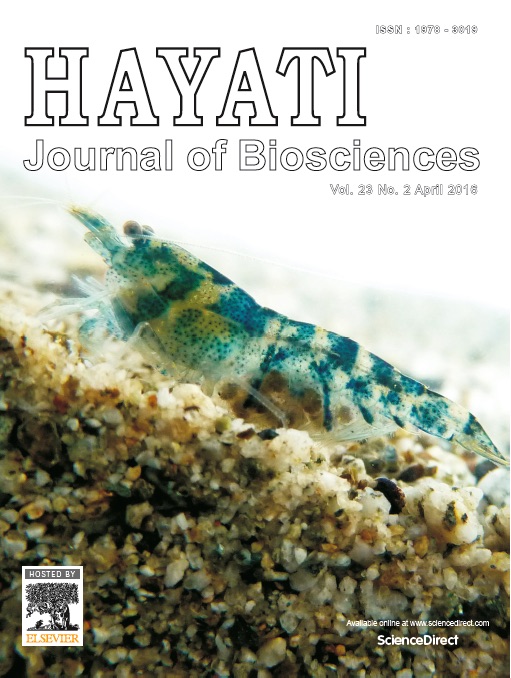Photosynthesis and Transpiration Rates of Rice Cultivated Under the System of Rice Intensification and the Effects on Growth and Yield
Abstract
The system of rice intensification (SRI) crop management method has been reported by many authors to significantly increase rice yield with lower inputs, but physiological bases of yielding improvement has not been studied. In this research we assessed some physiological parameters and the mechanism of rice yield improvement of rice plants under SRI cultivation method during both vegetative and generative phases compared to conventional rice cultivation methods. We measured photosynthetic rate, transpiration rate, leaf temperature, chlorophyll content, N and P uptake, plant growth parameters and yield for those comparison. SRI methods significantly increased both vegetative and reproductive (generative) parameters of rice plants compared to conventional cultivation methods. Photosynthetic rate, chlorophyll content, N and P uptake under SRI cultivation were significantly higher compared to those of the conventional rice cultivation, but no differences were found in transpiration rate and leaf temperature. With SRI method, plants in their generative phase (especially in the grain-filling phase) had the highest photosynthetic and the lowest transpiration rates. Grain yield under SRI method was significantly higher (ca. 24%) than that of conventional method.Downloads
HAYATI J Biosci is an open access journal and the article's license is CC-BY-NC. This license lets others distribute, remix, tweak, and build upon author's work, as long as they credit the original creation. Authors retain copyright and grant the journal/publisher non exclusive publishing rights with the work simultaneously licensed under a https://creativecommons.org/

























.png) IPB University
IPB University Department of Biology
Department of Biology The Indonesian Biological Society
The Indonesian Biological Society 

